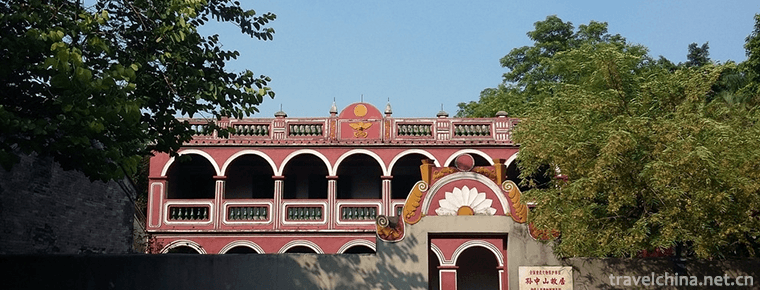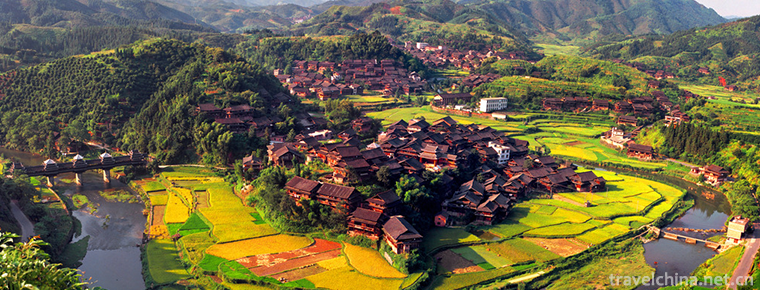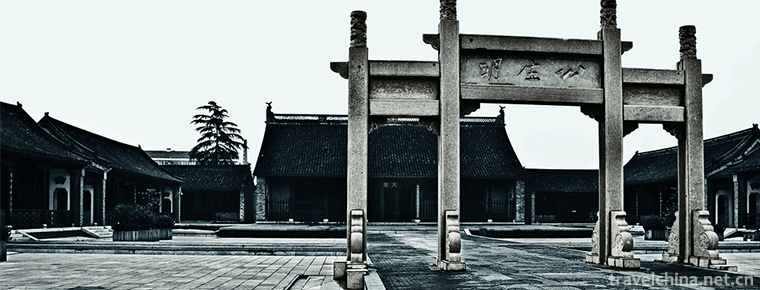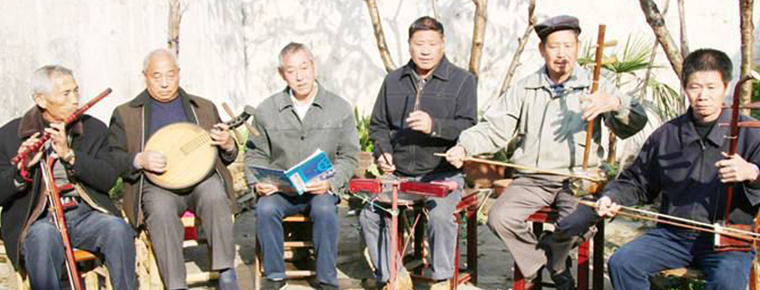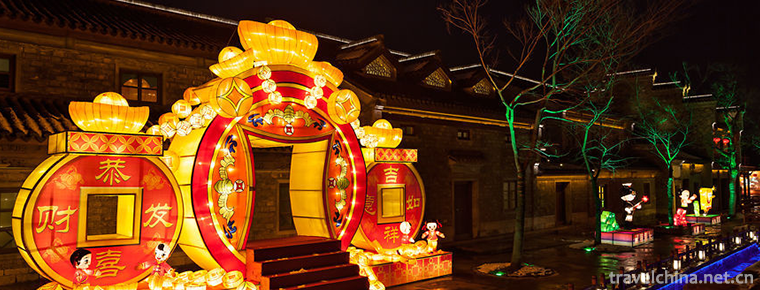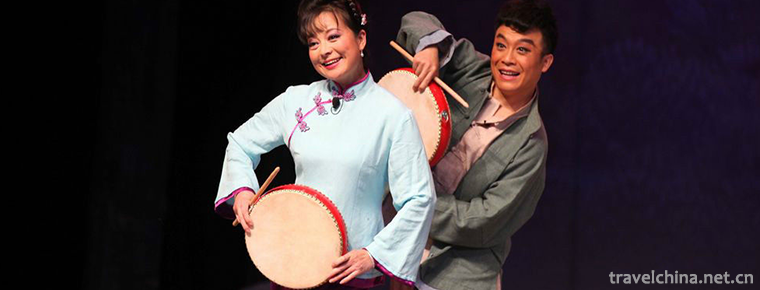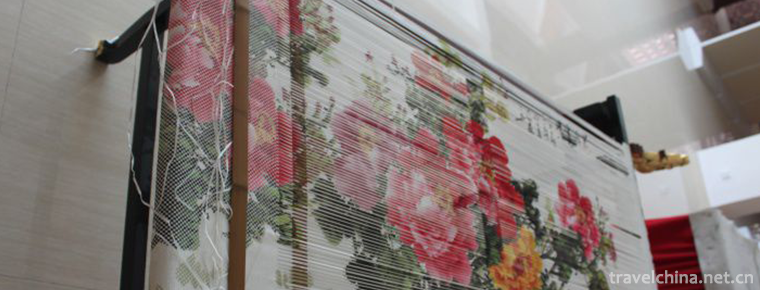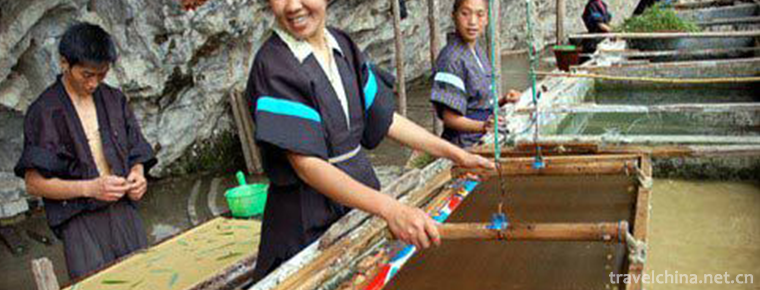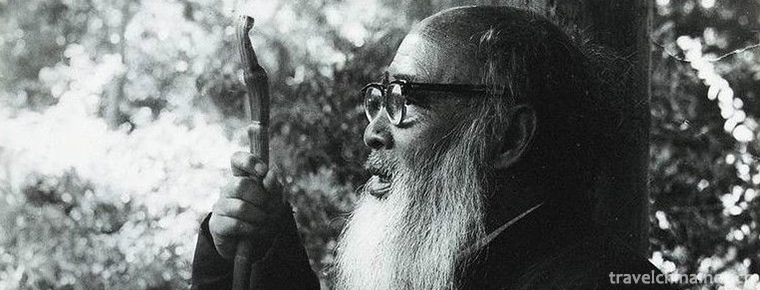Nanping Nanci
Nanping Nanci
Nanping Southern Ci is a traditional form
of music popular in Nanping, northern Fujian Province. It is generally believed
that the Southern Ci in Jiangnan area developed gradually with the local
traditional folk song minor after it was introduced from Suzhou to Nanping in
the Qing and Jiaqing Dynasties. The performance form of Nanping Nanci is
composed of one lead singer, and many other people sit around with different instruments,
and sing in turn according to different lines.
Nanping Nanci has some problems in today's
development. There are few successors and many difficulties. It is urgent to
support and protect Nanping Nanci.
The state attaches great importance to the
protection of intangible cultural heritage. On May 20, 2006, the opera was
approved by the State Council and listed in the first batch of national
intangible cultural heritage list.
Historical Origin
Nanci opera is popular in Nanping area of
Fujian province. Legend has it that it was developed from Tanhuang minor.
During the reign of Qianlong and Jiaqing in the Qing Dynasty (1736-1820),
Tanhuang minor was introduced from Suzhou to Nanping, and combined with the
traditional folk art of northern Fujian to form its own unique style.
Originally in Tanhuang minor, both singing and Bai were in Suzhou "Tuguan
dialect", mainly singing, and sometimes speaking. There are two types of
tunes, major and minor, with eight rhymes of Southern Ci as its basic tone.
Because Tan Spring was directly influenced by Suzhou Kunqu Opera, it retained
some music cards such as crying Yanhui, , ,
. Most of the songs sung in the Qing Dynasty come from Kunqu
Opera, such as Broken Bridge, Qiujiang, Out of the Fortress, Legend of White
Snake, West Chamber, Moonworship and so on. From the middle of Qing Dynasty to
the Republic of China, Nanci developed in Nanping. During the Jiaqing period of
the Qing Dynasty (1796-1820), the first class club was called Jingyixuan.
During the reign of Qing Daoguang (1821-1850), there were "to form a
community", "Tongzhi Decade of Qing Dynasty
(1871),"Sandetang"organized by Catholics in Nanping,
and"Tongyuexuan"in the reign of Qing Guangxu (1875-1908),
and"Heming Society"and"Geng Yunqin Society"in the period of
5-35 (1916-1946) of the Republic of China. In the 26 years of the Republic of
China (1937), Yuankeng Zefang farmers in Shunchang spontaneously organized the
"Lechun Society".
artistic characteristics
Southern Ci is a form of sitting and
singing, with three, five or more singers ranging from Yangqin, Sanxian, Pipa,
Sheng, Sudi, Huhu, gong, cymbal, cymbal, drum and other musical instruments,
singing while playing, mostly in Kunqu opera, its rhythm is graceful and
graceful. Later, in order to make the elegant Kunqu Ci easy to understand,
Nanci gradually changed its long and short sentences to seven-character
sentences in order to adapt to the taste of urban and rural middle and lower
class audiences.
Commonly known as the "Eight Rhymes
Southern Ci", that is, singing eight lines, one rhyme, the ancient name of
the "Eight Rhymes" traditional repertoire are: Hunting Back, Zhaojun
Fortress, White Snake Biography, Monk and Nun Club, Peony to Medicine, Western
Chamber, borrowing clothes to persuade friends, and other plays and folding
operas, after liberation, more than 60 scripts have been sorted out.
Inheritance value
Nan Ci was introduced to Nanping in the
late 18th century. Just after it was introduced, the famous activity class
"Jing Yi Xuan" appeared. It has been more than 200 years since then.
There have been nine generations of inheritance. Its artistic tradition is
quite profound and its artistic vitality is very tenacious. However, there are
some problems in the development of Nanping's Nanci today. There are few
successors and many difficulties. It is urgent to support and protect Nanping's
Nanci.
Successful application
The state attaches great importance to the
protection of intangible cultural heritage. On May 20, 2006, the opera was
approved by the State Council and listed in the first batch of national
intangible cultural heritage list.
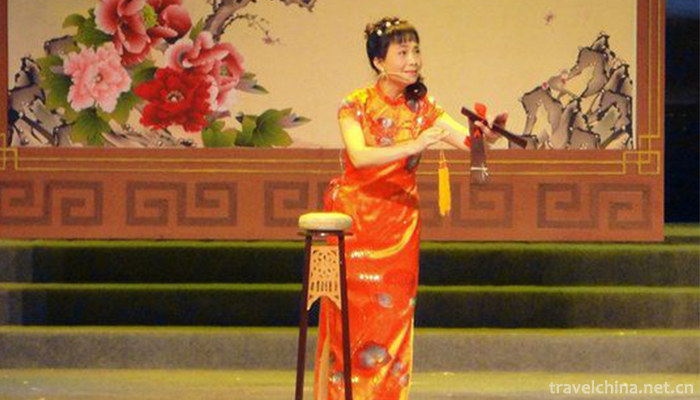
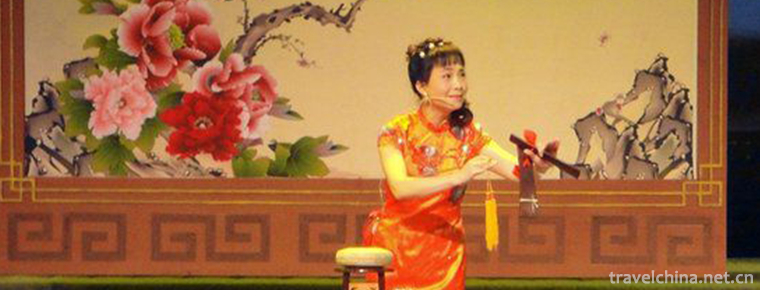
Nanping Nanci
-
Sun Zhongshans hometown
Sun Yat-sen's hometown is located in Cuiheng Village, Zhongshan City, Guangdong Province. It is surrounded by mountains on three sides: south, north and west, East by the Pearl River Estuary
Views: 179 Time 2018-12-12 -
Cheng Yang eight Zhai
Chengyang Bazhai is located in Sanjiang Dong Autonomous County, Liuzhou City, Guangxi, 19 kilometers away from Sanjiang County. There are eight natural villages in Chengyang Bazhai, commonly known as
Views: 125 Time 2019-01-05 -
Huaian Government Office
Huai'an government office is located in Huai'an City, Jiangsu Province, which is a national AAAA tourist attraction. It is located in Dongmen Street, Huai'an District, the old city of Huai'an, north o
Views: 109 Time 2019-01-17 -
Lanxi stall spring
Lanxi Spring Spring Spring Spring is an ancient form of sitting and singing art, which was formed and popular in Lanxi area in the Midwest of Zhejiang Province, Jinhua and Quzhou, and belongs to Nanci
Views: 161 Time 2019-05-10 -
Munaozaiwa
In May 2011, Munaozaiwa declared by Dehong Dai Jingpo Autonomous Prefecture of Yunnan Province was listed in the third batch of national intangible cultural heritage list with the approval of the Stat
Views: 130 Time 2019-06-06 -
Qinhuai Lantern Festival
Qinhuai Lantern Festival, also known as Jinling Lantern Festival and Confucius Temple Lantern Festival, is a popular folk cultural activity in Nanjing. It is mainly held from Spring Festival to Lanter
Views: 168 Time 2019-06-10 -
Shangluo Flower Drum
Shangluo Flower Drum, also known as Flower Drum and Ground Bumper, is popular in 7 counties (districts) of Shangluo City, Shaanxi Province, especially in Shangzhou, Danfeng, Zhenan and Zhashui. During
Views: 199 Time 2019-06-13 -
Wudang Shenju
Wudang Shenxi Opera is a kind of traditional opera in Xijiadian Town, Danjiangkou City, Hubei Province. It has a history of nearly 400 years since the Wang family absorbed Wudang culture and the music
Views: 346 Time 2019-06-30 -
Yongchun Paper Weaving Painting
"Yongchun County Chronicle" records: "In the early Tang Dynasty, Yongchun had the production of paper-woven paintings. Yongchun paper weaving painting features: interwoven paper marks,
Views: 189 Time 2019-07-14 -
Bamboo Paper Making Skills
Bamboo paper production maintains a complete traditional process. It is manually made by dipping paper. There are 15 links and 72 processes from material selection to paper making. The production proc
Views: 217 Time 2019-08-10 -
Guangyuan history and culture
"Guangyuan daughter's day, women swim in the river bay", this is a kind of folk cultural activities, this is the chapter described by Guangyuan daughter's day. On the first daughter's day in 1988, the water area of Jialing River in front of huangze temple was
Views: 154 Time 2020-12-15
